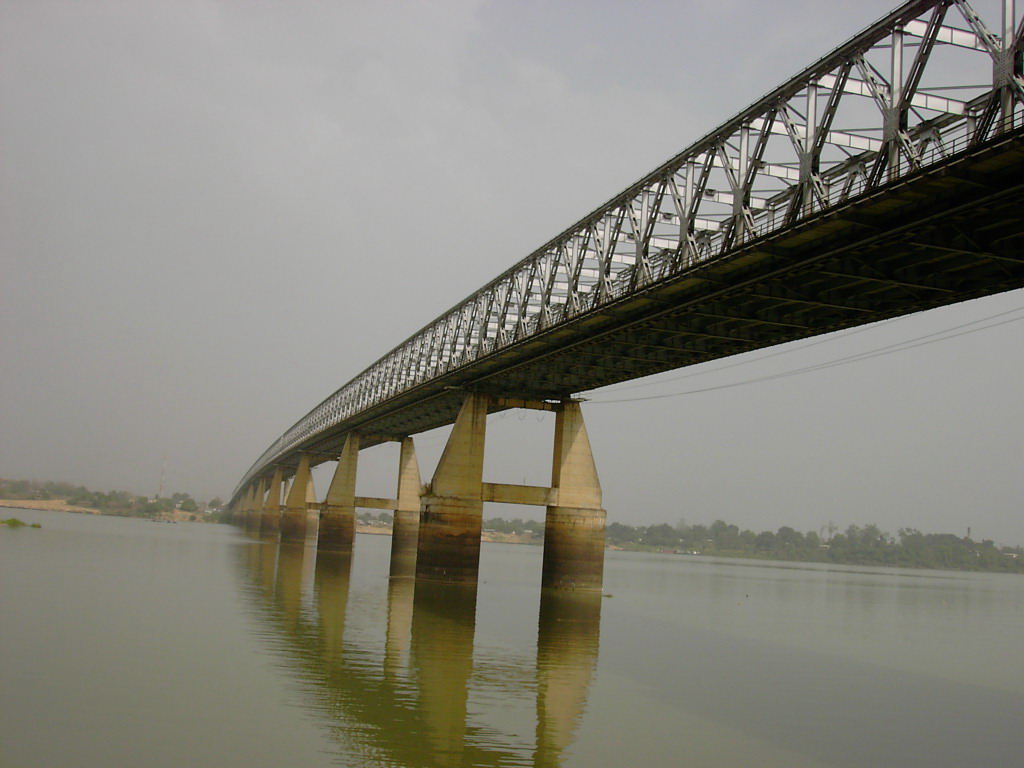By Okey Ibeke
It is classified as a critical national infrastructure. As the major bridge across the Niger river in the southern belt, the Niger Bridge linking Asaba, the capital of Delta State with Onitsha, the nerve centre of commerce in Anambra State, is the gateway to eight states in the southeast and south south. Travelers to Rivers, Akwa Ibom, Cross Rivers, Anambra, Imo, Ebonyi, Enugu and Abia States from Lagos have to traverse through the imposing bridge. But having been rehabilitated shortly after the civil war, the sheer volume of traffic on the bridge way beyond its designed capacity with experts predicting that a catastrophic collapse of the bridge is only a matter of time.
This was not lost on the federal government as the decision to build a second bridge was taken in 1992 under the Rtd. Gen. Ibrahim Badamosi Babangida regime. Since then, however, the project has been the subject of intense politics, a periodic instrument for enticing and wooing the southeast. It is a ritual usually performed as elections draw near. Although the bridge has been a veritable tool of propaganda and campaign tool in the hands of previous governments, President Muhammadu Buhari administration has taken it to new level. Even before the contract for the construction of the bridge was awarded, the propaganda machinery of the ruling APC had claimed that work on the second Niger Bridge had gone far.
At a time, the project was almost at the level the Goodluck Jonathan administration left it, officials of the government had used it to echo a blunt message that Igbo’s have not been neglected by the Buhari administration. From Lai Mohammed, Minister of Information and Culture, to Osita Okechukwu, Director General of Voice of Nigeria (VON) to Babatunde Fashola, Minister of Works, Power and Housing and a horde of propagandists for the ruling party, the second Niger bridge had at different times been either 50 per cent, 60 per cent or 70 per cent completed. On the social media, pictures of bridges built elsewhere were even posted as a completed second Niger bridge. That proved to be the undoing of the propagandists, as the true state of the bridge was generously illustrated with pictures on the various social media platforms.
Even the Vice President, Prof. (Pastor) Yemi Osinbajo, got on the act in October 2017 when he falsely claimed that $2 billion had been released for work to begin on the bridge project, a claim he was later to retract. But the strange tales was taken to ‘the next level’ by Fashola in October 2018, when it dawned on them that their propaganda was failing. In a desperate face saving effort, the minister while addressing the press on the achievements of the Ministry of Power, Works and Housing under his watch in three years, attributed the delay in execution of the project to flooding of River Niger.
“During peak raining season, it slows down their work because really you need divers to go under, this is what it takes to build a bridge. So at the height of that raining season when there was flooding, work will slow down. They can work only about 15-meters depth of the River Niger Bridge, with the massive flooding that we have now it must be about 30 meters. So if you are doing 30 meters of water that is height of a 10-storey building so they need to wait for it to come down,” Fashola claimed.
A fact-check of the minister’s claim, revealed that it is impossible to have River Niger attain a depth of 15 meters even at the peak of flooding. Any thought of the draught hitting 15-metres, akin to the “height of a 10-storey building” is not only improbable but outlandish. Nigerian waterways are notable for their high rate of siltation. In effect, for them to be navigable, capital dredging and regular maintenance dredging are imperative. All the existing seaports in Nigeria are estuary ports and do not open into the sea as is the case with deep seaports. Rather, they are usually accessed through channels and rivers, which stretch for dozens of kilometers.
The channels are dredged regularly to maintain their advertised draught and keep them navigable all year round. Even then, the depth of the channels to each of the major ports is considerably less than 15-metres and they still accommodate oceangoing vessels. In adducing the impossible depth of 15-metres and flood-induced extension of up to 30-metres for the delay in executing the second Niger bridge, Fashola must have been reading from a script not prepared by mariners or hydrographers. His statement was seen as designed to patronize the people.
Again, the minister got it all wrong on the maximum depth and pressure divers can deal with in under water engineering. Probably unable to proffer plausible reasons for the delay after previous claims by him and other administration officials that construction had reached advanced stage, Babatunde Fashola may have opted for an off-the-cuff explanation that was spectacularly wide off the mark. As it turned out, the sole reason for the delay in commencement of work is that no contract had been awarded. The propaganda was finally laid to rest on November 2, 2018 when the Federal Executive Council (FEC) approved the contract for the construction of the bridge.
Even then, it is still not uhuru on the project just yet. While more complex and expensive projects in other parts of the country are backed with substantial funding, only about N31 billion is said to have been released for the project by the federal government. The sum represents about 17 per cent of the N206 billion proposed as the total cost of the project. Remarkably, the bridge is projected to be completed in 48 months or four years. This has not gone down well with the southeast governors and political leaders who later visited President Buhari and demanded that adequate funds be provided and the duration of the project cut down to maximum two years.
Their demand is driven by previous experience where promises were made to deliver the bridge shortly after elections, which later turned out to be a no-show. By all indications, their Aso Rock trip has not yielded any result. The funding arrangement is still shrouded in controversy. The federal government still prevaricates on the source of funding and budgetary provisions, a pointer that the bridge, like in the past, might be a political game by President Mohammed Buhari’s government to capture the votes of the people of South East in 2019 general elections and abandon the project like others before him. It shows how disinterested this government is towards the development of the southeast/south-south.
… Okey Ibeke article was first published by Business&Maritime West Africa online





